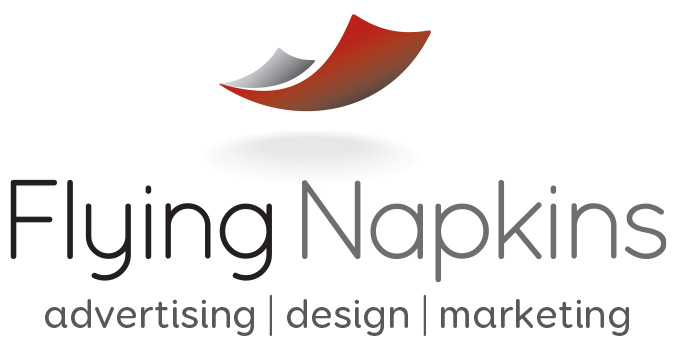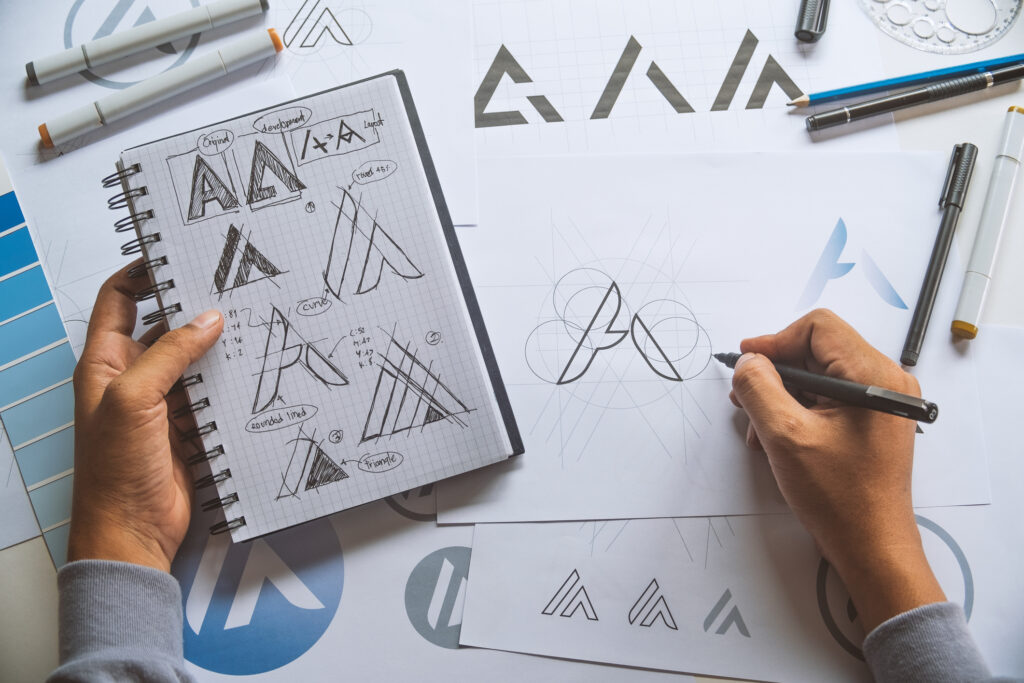In a world overflowing with visuals and noise, a good, simple logo is a company’s best weapon. It’s not just a pretty design—it’s the heartbeat of your brand, a silent ambassador that speaks volumes without saying a word. From global giants like Amazon, Apple, and Nike to small startups carving their niche, a well-crafted logo is the foundation of recognition, trust, and growth. Let’s explore why a good logo design is so powerful and why building a strong brand is non-negotiable for any company.
Why Simplicity Wins
A simple logo cuts through the clutter. It’s memorable, versatile, and timeless—qualities that make it stick in people’s minds and work across every medium, from business cards to billboards. Research backs this up: a 2018 study from the Journal of Marketing Research found that minimalist designs enhance brand recognition and consumer recall (Laran et al., 2018).
When a logo is clean and uncluttered, it’s easier for customers to process and associate with your company.
Take Nike’s Swoosh. Designed in 1971 by Carolyn Davidson, this elegant, curved checkmark is a masterclass in simplicity. It embodies motion and energy without a single word, and today, it’s one of the most recognizable symbols on the planet. Nike’s brand equity—valued at over $34 billion in 2023 (Forbes)—owes much to that straightforward, iconic mark. It’s proof that less can indeed be more.
Then there’s Apple. The bitten apple, introduced in 1977 and refined over the years, ditches complexity for a sleek, universal silhouette. Its simplicity reflects Apple’s ethos: intuitive, user-friendly innovation. That logo has become synonymous with premium quality, helping propel Apple to a $2.6 trillion market cap in 2023 (Statista). A simple design gave Apple a canvas to build a lifestyle brand that resonates globally.
Even Amazon, a newer titan, nails simplicity with its arrowed smile. Launched in 2000, the logo connects the “A” to “Z,” hinting at the company’s vast offerings, while the upward curve suggests customer satisfaction. It’s subtle, clever, and uncluttered—perfect for a brand that’s now a household name, processing over 1.6 million packages daily (Business Insider, 2023).
Beyond Recognition: The Role of a Logo in Branding
A logo isn’t just a visual—it’s the cornerstone of your brand identity. It’s the first thing people see, and it shapes their perception of who you are. A strong logo paired with a consistent brand strategy builds trust, loyalty, and emotional connection. According to a 2020 study by Lucidpress, consistent branding (starting with a logo) can increase revenue by up to 23%. That’s not pocket change—it’s the difference between a company that fades and one that thrives.
Look at Coca-Cola. Its flowing script logo, unchanged in essence since 1887, oozes nostalgia and reliability. That simplicity has kept it relevant for over a century, anchoring a brand worth $98 billion (Interbrand, 2023). Or consider McDonald’s Golden Arches—a basic “M” that’s so ingrained in culture it doesn’t even need the company name. These logos don’t just identify; they evoke feelings and memories, forging bonds with customers.
For smaller businesses, this matters just as much. A local coffee shop with a sharp, simple logo—like a minimalist coffee cup—can stand out against generic clipart designs. It signals professionalism and intent, telling customers, “We’re serious about what we do.” Over time, that logo becomes a shorthand for your values, quality, and story.
Why Every Company Needs a Logo and Brand
Building a good logo and brand isn’t optional—it’s a survival tactic. In a crowded market, you’re invisible without a distinct identity. A logo gives you a face; a brand gives you a voice. Together, they differentiate you from competitors and give customers a reason to choose you. Think of it like this: if Nike’s Swoosh were a busy, overdesigned mess, would it have the same punch? Probably not.
A strong logo also scales with your business. Twitter’s bird (now an “X,” but let’s rewind) started as a simple silhouette in 2006. It was flexible enough to grow with the platform, appearing on everything from app icons to merchandise. Simplicity ensures your logo works as you expand—whether you’re printing it on a pen or projecting it on a skyscraper.
Finally, a logo is an investment in longevity. Trends fade, but a simple design endures.
Pepsi’s logo evolution shows the danger of overcomplicating—its frequent redesigns have cost millions and confused fans, while Coca-Cola’s steady script has stayed the course. A good logo doesn’t chase fads; it sets the stage for a brand that lasts.
The Takeaway
A good, simple logo is more than a graphic—it’s a strategic tool that builds your brand from the ground up. Amazon’s smile, Apple’s bite, Nike’s swoosh—these icons prove that clarity and simplicity can create empires. For any company, big or small, investing in a logo and brand isn’t just about looking good; it’s about being remembered, trusted, and chosen.
Contact Flying Napkins Advertising today if you need help creating a new logo and brand for your business. We don’t just throw something together; we research your industry, your companies background and your ideal target market and create you a logo that can propel your business for years to come.
References:
- Laran, J., et al. (2018). Journal of Marketing Research. “The Influence of Design Complexity on Consumer Behavior.”
- Forbes (2023). “The World’s Most Valuable Brands.”
- Statista (2023). “Apple Market Capitalization.”
- Business Insider (2023). “Amazon Shipping Statistics.”
- Interbrand (2023). “Best Global Brands Report.”
- Lucidpress (2020). “The Impact of Brand Consistency.”




